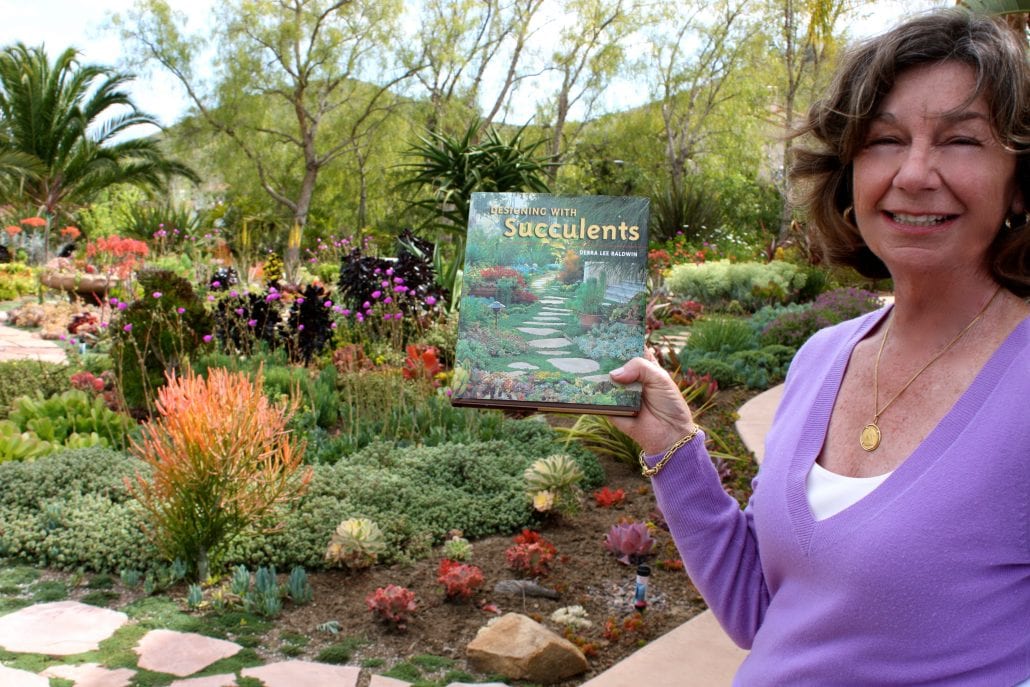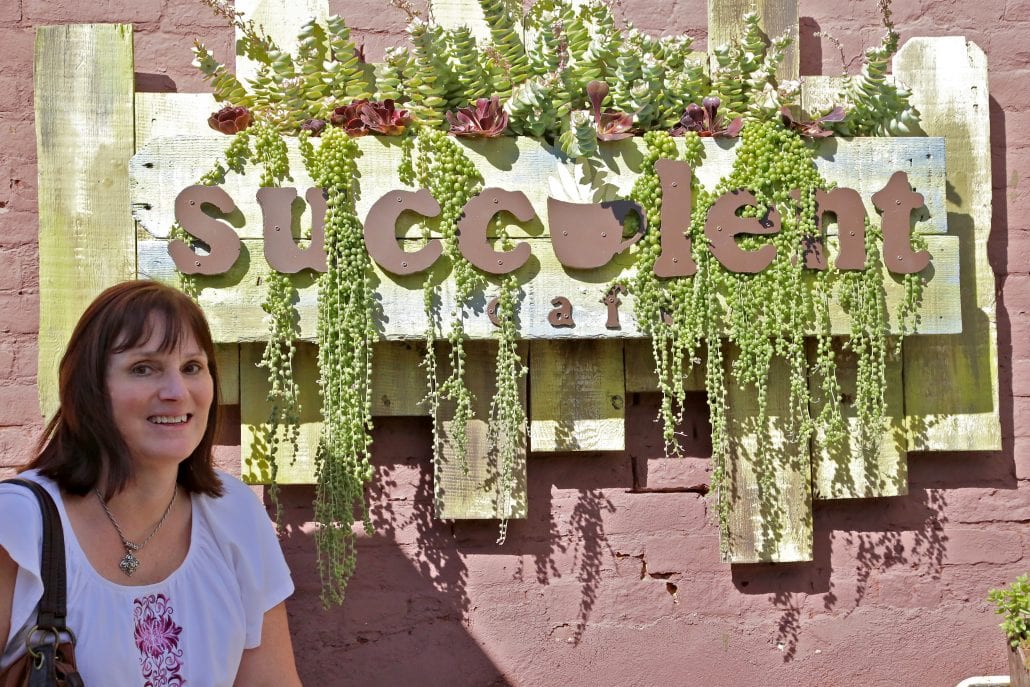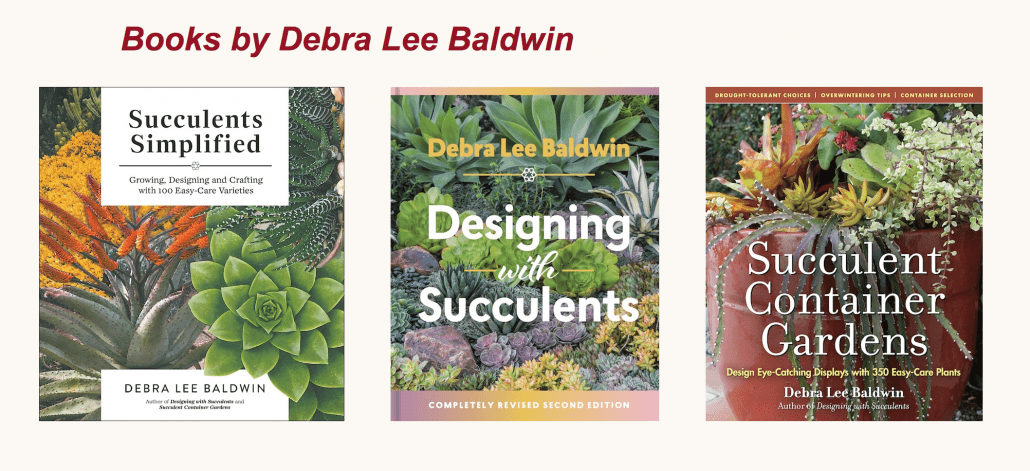The Preface to Designing with Succulents (2nd ed.)
Preface: A Decade of Innovation in Succulent Design
The world of succulent design has advanced significantly since the first edition of Designing with Succulents was released, so this second edition is a complete rewrite—in effect, a new book. It showcases the cleverness and creativity of numerous designers and gardening enthusiasts, many of whom used the first edition as a starting point.

Homeowner Elisabeth Matthys asked designer Linda Bresler to create a landscape similar to the one shown on the cover of the first edition of Designing with Succulents. The outcome received San Diego Home/Garden magazine’s prestigious Garden of the Year award.
Designing with Succulents got its own start in 2005. As a garden photojournalist for magazines and newspapers, I’d noticed a trend: the use of large agaves and other dynamic succulents in professionally designed, high-end gardens. I proposed a book about it to Timber Press, the largest publisher of gardening books in the United States.
An online search for “succulents” in 2006 yielded a mere 100,000 hits. Many varieties we now take for granted, such as echeverias, were nearly unknown at the time. The gardening public thought of succulents as cactus or jade and dismissed the entire category as too spiny or common. If finding enough sophisticated, well-designed in-ground gardens to fill a book was challenging, identifying the plants proved even more so. Horticulturists, growers, and collectors—by and large pleasant eccentrics who didn’t do email—would agree on genera but not necessarily species or cultivars.
After its release in 2007, Designing with Succulents became one of Timber’s all-time top sellers. Luck played a part; interest in water-storing plants had surged due to the West’s ongoing drought and wildfire concerns. Moreover, the gardening public, grown weary of trying to replicate then-fashionable English flower gardens, was becoming interested in form and foliage. Time-stressed homeowners wanted plants that wouldn’t die if neglected and that looked the same for months. Women, who now constitute the majority of succulent aficionados, became captivated by rosette varieties. Brides and florists discovered that pale blue, dove gray, and teal echeverias lent a fresh look to bouquets and centerpieces. Numerous succulent-oriented businesses sprang up as growers, hybridizers, designers, and nursery owners scrambled to meet the demand.

Echeverias pair well with roses in bridal bouquets and can later be planted as a living memento of the event.

After it opened in 2011, the Succulent Café in Oceanside, California, became a destination for enthusiasts worldwide. Noreen Fenton of Succulent Surroundings came from Santa Rosa, nearly 500 miles away.
When I began working on this celebratory tenth anniversary edition, a Google search for “succulents” yielded nearly 13,000,000 hits. Whether you’re a longtime fan of fleshy-leaved plants or new to them, it’s my pleasure to share with you, in these proudly updated pages, the beauty, practicality, and creativity inherent in designing with succulents. ~ Debra Lee Baldwin


